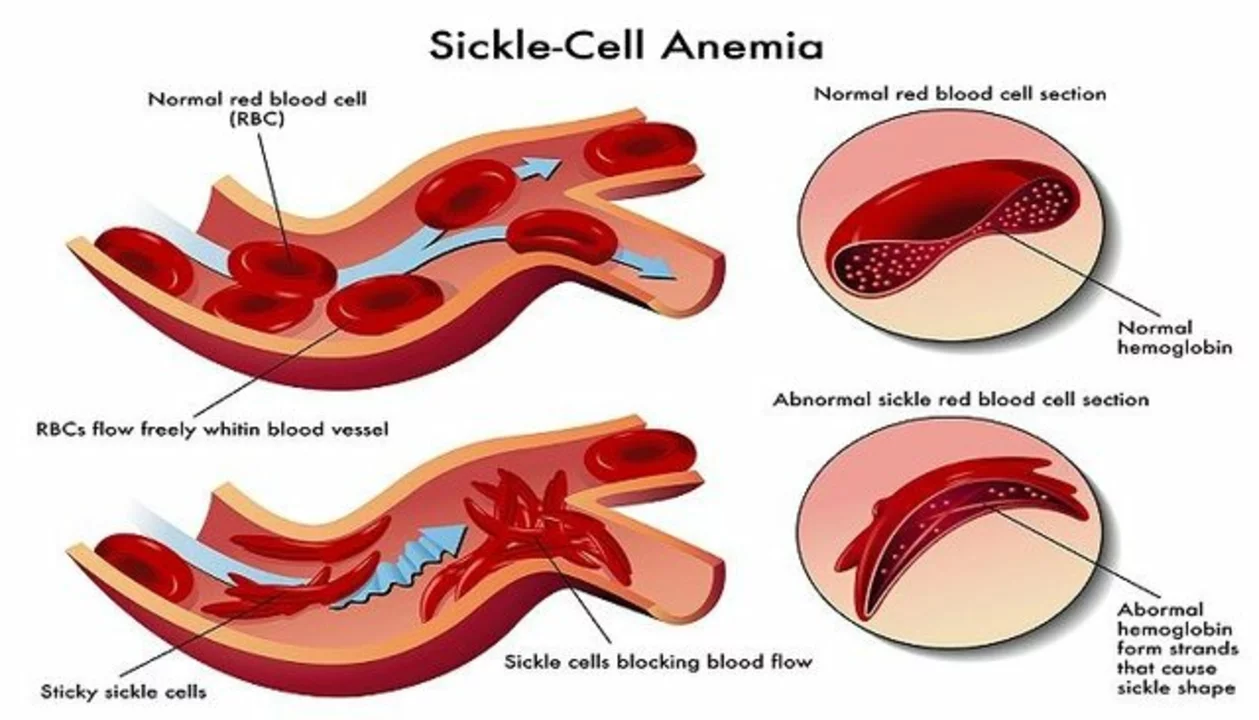As a blogger, I've recently been researching the connection between pneumonia and sickle cell disease. It turns out that individuals with sickle cell disease are at a higher risk for developing pneumonia due to their impaired immune system. To reduce the risk of this potentially life-threatening infection, it's essential to stay up-to-date with vaccinations, maintain good hygiene practices, and seek prompt medical attention for any respiratory symptoms. By staying vigilant and proactive, we can protect ourselves and our loved ones from the dangerous combination of pneumonia and sickle cell disease. Stay safe, and always prioritize your health!
Pneumonia: Signs, Treatment, Prevention
Pneumonia can be caused by bacteria, viruses, or fungi, and it ranges from mild to life-threatening. When your lungs get inflamed and fill with fluid, you’ll notice a cough, fever, and trouble breathing. This tag page collects reliable info to help you spot symptoms, understand treatments, and take practical steps that speed recovery.
How pneumonia shows up
Symptoms usually start over a few days but can come on fast. Classic signs are a productive cough with green or yellow phlegm, chest pain that worsens when you breathe, high fever, chills, and shortness of breath. Older adults might feel confused or weak without a big fever. Babies and young kids often feed poorly, breathe fast, or appear unusually sleepy. If you have an ongoing condition like COPD, asthma, or a weak immune system, symptoms may be more severe.
Diagnosis is mostly clinical — your doctor listens to your lungs and checks oxygen levels. A chest X-ray confirms the infection and shows where it sits. Blood tests, sputum cultures, and PCR tests can identify the germ so treatment matches the cause.
When to get help and what to do
Treatment depends on the cause. Bacterial pneumonia usually needs antibiotics; viral pneumonia might be treated with antivirals or supportive care. Mild cases can be managed at home: rest, stay hydrated, use fever reducers like acetaminophen, and follow your doctor’s prescription. If your oxygen level is low, you may need supplemental oxygen in hospital.
Watch for warning signs: very fast breathing, trouble talking because you’re breathless, blue lips or face, persistent high fever, severe chest pain, confusion, or a big drop in urine output. Anyone with heart disease, severe lung disease, or a weakened immune system should seek care early.
Preventing pneumonia starts with vaccines. Flu shots and pneumococcal vaccines cut your risk. Good hand hygiene, covering coughs, and avoiding close contact with sick people help too. Quit smoking — tobacco damages lung defenses and raises pneumonia risk.
At home, simple measures help recovery: sleep with an extra pillow to ease breathing, use a humidifier for comfort, and practice slow, deep breaths to expand the lungs. Finish antibiotics exactly as prescribed and follow up if symptoms don’t improve in 48–72 hours.
This tag page links to more articles on antibiotics, respiratory health, and safe medication buying. If something feels seriously wrong, get medical help now — pneumonia can be treatable when caught early. For non-urgent questions, talk to your primary care provider or local pharmacy for guidance.
Complications can happen, especially if treatment is delayed. Bacteria can form an abscess in the lung, or the infection can spread into the bloodstream causing sepsis. Older adults and people with diabetes or heart problems face higher risks. Pulmonary rehabilitation and breathing exercises can help after a serious infection. Ask your doctor about follow-up chest X-rays if symptoms linger. If you’re caring for someone with pneumonia, keep track of temperature, breathing rate, and fluid intake, and don’t hesitate to call emergency services if they worsen. Find reliable articles and support.

